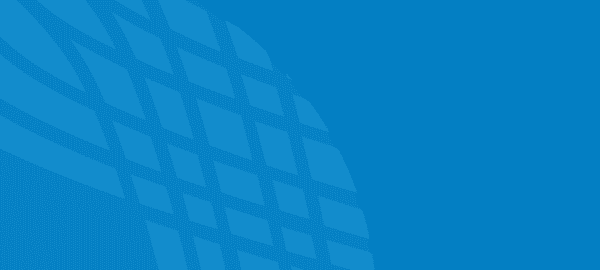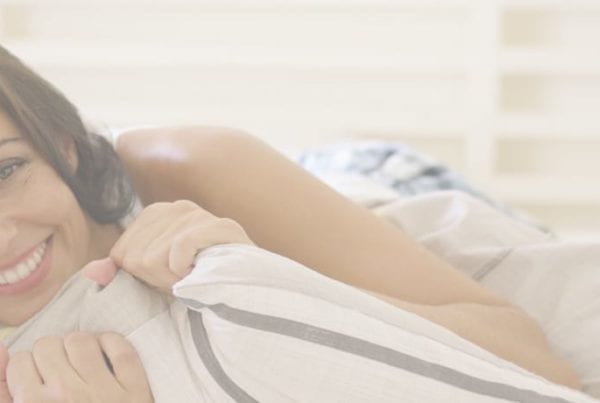Every day, millions of people deal with the frustration and worries of bladder control. But many do not realize there are different types of incontinence issues.
The two most common are stress incontinence and urge incontinence.
- Stress Incontinence occurs when urine leaks when there is pressure on the bladder, such as coughing, sneezing, exercising, or laughing.
- Urge Incontinence is also called Overactive Bladder (OAB) or Detrusor Muscle Instability. It happens when there is a sudden need to use the restroom or if you get up frequently during the night to urinate.
If you suffer from OAB, you are not alone. OAB affects millions of women and men. More than 25 million people in the USA experience bladder leakage every day.
Since OAB is unpredictable, it is difficult to manage the symptoms. In fact, 39 percent of women report that OAB interferes with their daily activities and quality of life. It may lead to disruptions at work, limit time with friends and family, reduce sexual intimacy, and interfere with sleep. In extreme instances, it can also trigger isolation and emotional distress.
What Is OAB?
Overactive bladder is the term for a group of urinary symptoms that includes:
- frequent involuntary loss of urine
- frequent urination (more than eight times in a 24-hour period)
- waking up more than once a night to use the bathroom
- and most common, an uncontrollable need to urinate (urge incontinence)
Although you may think that an overactive bladder affects mostly older women, it is not a normal part of aging. Consider Bobbie who had bladder control issues and was quoted as saying “I am 22…and there were times I wanted to cry.”
Why Does OAB Happen?
People afflicted often ask “what is the main cause of my overactive bladder?” Medical experts cite a variety of reasons for OAB including sleep apnea, neurological diseases, and diabetes. Oftentimes the cause of urge incontinence is unknown. However, women over 50, tend to be affected more often, than women under 50.
Stress incontinence is primarily caused by weak pelvic floor muscles that result in urine leakage. With OAB, the source is usually an overactive detrusor muscle.
Overactive Muscles and OAB
Overactive bladder is a common condition that causes a frequent and sudden urge to urinate that is difficult to control. It’s caused when the muscle that surrounds the bladder – the detrusor muscle spasms uncontrollably.
Usually, this muscle contracts when your bladder is full. But when you experience OAB, the muscle spasms become overactive and unpredictable. You suddenly feel the need to urinate constantly, and the spasms can lead to involuntary leakage.
Options to Treat OAB
Some common choices for dealing with overactive bladder come with temporary results, high costs, inconvenience, and unwanted side effects.
- Overactive Bladder Medications. Prescription drugs called anticholinergics are often prescribed to try to support the bladder muscles. Unfortunately, medications are expensive and since they must be taken for a prolonged time, the cost, even with insurance, is more than some people can manage. A recent study found that over 82% of people prescribed incontinence medication, stopped taking medication within 6 months, due to side effects, or ineffectiveness. For these reasons and more, overactive bladder medications are not a good long-term answer.
- Incontinence Products. Incontinence pads and adult diapers provide only temporary support for people with OAB and other types of urinary incontinence. Using bladder leakage pads or adult diapers quickly becomes a major expense. Women can spend close to $2,000 a year managing incontinence. These expenses include hidden costs for things like dry cleaning, laundry and doctor visits. Urge incontinence gets worse over time if it’s left untreated. Women over 65 spend more than twice the amount annually, than younger women. 4
- Incontinence Surgery. If other treatments do not help, surgery is a last resort. The type of procedure will depend on the cause of overactive bladder and the severity of the symptoms. Surgery is an extreme solution with varying results and high costs when not covered by insurance.
Can Kegel Exercises Alone Help with Overactive Bladder?
You’ve likely heard about exercises, called Kegels, that may help strengthen the pelvic muscles and reduce the problems associated with incontinence.
Kegels involve repeatedly contracting and relaxing the pelvic floor muscles that hold up the bladder and help keep it from leaking. Kegel exercises are usually prescribed to treat stress incontinence. This is because stress incontinence is caused by weakened pelvic floor muscles. Doing kegels strengthens the pelvic floor. But how effective are kegels at treating Overactive bladder?
Some studies show Kegels can reduce the severity of contractions of the detrusor muscle of the bladder in people with OAB. Pelvic floor muscle contractions exercises can also improve OAB in women with osteoporosis after menopause, who are affected more often.
A recent lab study showed that doing kegels can reduce detrusor activity by over 60%.
Certainly promising, and Harvard Health recommends doing kegels as well, to treat OAB.
But Kegels can only help overcome your OAB symptoms if they are done correctly and consistently. Resistance on the proper muscles is most effective when using a Kegel device with biofeedback. Biofeedback is an important part of treatment because it allows you to know if you are doing Kegels appropriately and offers a way to monitor your progress.
Clearly, doing kegels can help ease the severity of OAB. However doing kegels alone does not provide a cure by itself.
For those with OAB, the best way to resolve urge incontinence is to calm the detrusor muscle.
And the most effective way to calm detrusor muscle is through a process called neuromodulation.
Neuromodulation delivers precise stimulation to help calm the detrusor muscle. A low-frequency signal to the muscles surrounding the bladder trains the detrusor to squeeze and release urine only when appropriate and avoiding urine leakage.
Attain: The Natural Solution to Treat and Cure OAB
Whether you experience occasional leaks or more frequent incidents, you don’t have to live with your overactive bladder anymore. All types of incontinence, including stress, urge, mixed urinary, and more, can be cured with Attain from InControl Medical.
Attain is an at-home medical device that helps women regain control of their bladder function, regardless of age, size, or shape, and whether they leak a little or a lot.
An all-natural solution, Attain uses a patented neuromodulation algorithm to deliver a gentle stimulus to the detrusor muscle that surrounds the bladder. It is designed to retrain the detrusor muscle and resolve OAB. Attain also provides a full guided kegel workout. Attain provides biofeedback so you can track your progress, and make sure you are doing your kegels correctly. By providing targeted active resistance to strengthen the pelvic muscles, Attain is a more effective process than doing exercises on your own.
Attain not only calms the detrusor with mild stimulation, but it also develops strong pelvic muscles to keep the urethra closed and prevent any accidental leakage.
This innovative approach combines two proven treatments to help you beat Incontinence for good.
Attain has many other advantages over other products on the market:
- Guaranteed results plus a one-year warranty
- FDA cleared and covered by Medicare
- Non-prescription, non-surgical device with no known side effects
- Use in the privacy of your own home
- Slender, inflatable probe for a comfortable fit to stimulate the proper muscles
- Delivers visual biofeedback and electronically monitors performance to ensure progress
- Offers a guided exercise program that is easy to use
- Manufactured in the United States by women for women
- Professionally staffed helpline with female clinicians and nurses trained to answer questions
These are just some of the reasons Attain is the first choice of pelvic floor therapists worldwide.
Attain Solves Overactive Bladder
Attain offers the optimum, all-natural solution for OAB by focusing on calming the detrusor muscle to prevent overactive bladder. It is an FDA approved, over the counter, comfortable, at-home device that allows you to gain control of overactive bladder without medications or surgery.
And for a limited time, Attain can be purchased at an exceptionally low price with guaranteed results. We are proud to offer Attain, for as low as $33 a month. Attain can also be acquired at little or no cost through Medicare.The value of everything you receive with Attain is remarkable. Call 262-373-0422 now to order. Our team of female nurses are here to answer any question you might have.
Stop suffering and act now. Find out more about the benefits of Attain from InControl Medical and begin to enjoy your leak-free life.




